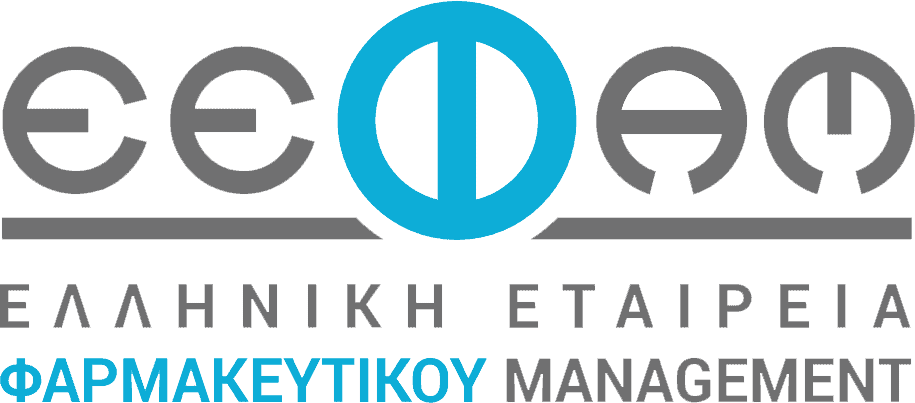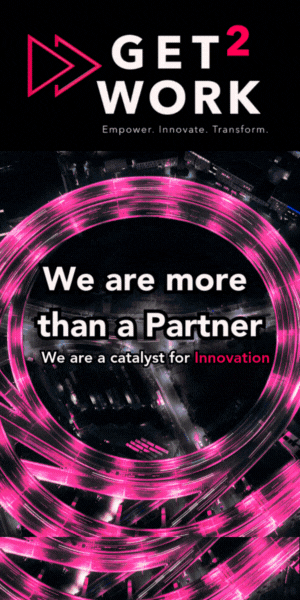Blog
Blog
How to Be a Purpose-Driven Leader Without Burning Out

When Robert Greenleaf coined the phrase “servant leadership” in a seminal 1970 essay, it was a much-needed improvement over the traditional command-and-control leadership model that had prevailed for centuries.
“The servant-leader is servant first. It begins with the natural feeling that one wants to serve. Then conscious choice brings one to aspire to lead,” Greenleaf wrote. “That person is sharply different from one who is leader first, perhaps because of the need to assuage an unusual power drive or to acquire material possessions.”
Well-documented research tells us that organizations and individuals perform better when leaders focus on the team rather than themselves. On an individual level, servant leadership increases followers’ trust, loyalty, and satisfaction with the leader.
Yet, much has changed in the 50 years since Greenleaf’s original essay, particularly in the last three years. The narrative behind servant leadership is increasingly falling flat, for good reason:
- Rampant burnout. In today’s environment, when leaders are tired, overworked, and stressed, serving can feel like pouring from an empty cup. We tell managers, “You’re here to serve your team.” We tell customer-facing teams, “You’re here to serve customers.” The sum of it is exhausting.
- People are busier. When Greenleaf originally introduced servant leadership, a typical manager likely supervised a small functional team. They didn’t have their own deliverables, they weren’t on multiple cross-functional initiatives, and they didn’t start their day answering an onslaught of overnight emails. Today, as middle management continues to thin out, leaders typically have between 11 to 15 direct reports and their own high stakes deliverables. These exhausted managers often feel they don’t have the time to devote to servitude.
- Workplaces have become less hierarchical. Today’s org charts often resemble a jungle gym more than they do a ladder. Leading without formal authority is on the rise and begs the question: Who is the servant and who is served?
Servant leadership was a crucial stepping-stone into a more humane world of work. But the next evolution is upon us. The workplace data (and our own experiences) tells us that we’re at an inflection point. We’re standing in a moment in time where leaders, both formal and informal, must move forward towards a more purposeful leadership style that focuses on the impact that the organization’s work has on real live human beings.
We refer to this impact-driven philosophy as “noble-purpose leadership.” It’s when leaders and teammates alike are in shared pursuit of a cause bigger than themselves (their team, their customers, their community) and their goal is to positively impact their constituents (versus serving them).
This is a nuanced, yet distinct shift. In servant-driven leadership, the crux of the message is: You’re in your role to serve others. This makes it very hard to say no, and there’s a temptation for leaders (and their teams) to be reactive, trying to please everyone.
In noble-purpose leadership, the core message is: You’re in your role to make an impact. This requires more strategic thinking in terms of where to place your efforts.
When your North Star is a shared purpose, leaders have more choice in the matter; you don’t feel as required to please everyone. In our consulting practice, we’ve seen first-hand evidence that noble-purpose leadership can be an effective evolution toward driving better performance while staying true to a culture of service.
Here are three areas where managers can shift their lens towards noble-purpose leadership:
1. Employee Interactions
Managers are often taught to ask their people questions like: What can I do to help you be successful? What kind of support do you need from me? While these are excellent questions (and will certainly get better results than barking orders) well-intended leaders find themselves leaving these interactions with an exhausting list of action items. After a few experiences like that, overworked managers often find it easier not to even ask their team what kind of help they need.
Rather than giving up on the idea of being supportive, managers can create a subtle, yet powerful shift by calibrating to a higher purpose, and asking questions like: What do you need to be successful in accomplishing our goal? What help will you need to get? This small language change reframes the emotional dynamic. Instead of the leader having to be solely responsible for supporting the employee, asking the employee what they need to be successful creates a shared sense of responsibility. The leader is purposefully positioning themselves to have a positive impact on the employee’s results, yet they’re not taking on sole responsibility for supporting them.
Here’s a before and after of how this worked for a client of ours, a vice president who was stretched thin with 12 direct reports and an endless list of their own deliverables. Being a servant leader felt exhausting and impossible.
The VP started asking their project managers, “Given our purpose to positively impact our customers, what kind of support will you need to get this done well, and on time?” The project managers quickly determined they needed resources and support from another department to meet the deadline.
Had the VP stuck with the traditional, “What do you need from me?” both parties would have suffered. The VP would have had more on their plate than they could manage, and the project managers wouldn’t have engaged with the other department. With a sightline to the shared purpose (successfully completing a project that improves life for customers), both the leader and their team members become more empowered and effective.
2. Decision Making
When your primary focus is to serve, the temptation is to focus on pleasing people — an endless and often fruitless, endeavor. Many elements of work, like tight deadlines and challenging feedback, are inherently displeasing, no matter what the leader does.
When a leader frames their decisions solely through a lens of trying to be as helpful and supportive to their constituents as possible, it’s a recipe for burnout. At worst, it breeds entitlement, where employees think the leader’s job is to do nothing but make them happy. The sum of this emotional turmoil can keep leaders from making tough (but correct) decisions.
Instead, leaders can frame their decisions around purpose. For example, in meetings, rather than asking: How do you feel about this? Does this work for you? Leaders can ask: What impact will this have? How will this affect our people or our customers?
Katherine, the head of customer success for a medical device company, used this model to shift her team from complaining to action. Part of the team’s function was to keep customers abreast of delivery times. This included making personal calls to customers when their orders were delayed. After a particularly frustrating day, her team came to Katherine with a request: They no longer want to make these calls. Her team lamented “Some customers don’t even notice if their order was delayed!” Others piled on, “We can’t speed up the delivery truck! What’s the point of calling? If they’re worried, they call us.”
A leader simply trying to please the team would have been tempted to let the team stop making the calls or they might have taken on the calls themselves. Instead, Katherine used questions to recalibrate the team to a higher purpose. She asked: “How will it affect our customers if they are caught off guard, and don’t know the order would be late? How would it impact our reputation if we stop being proactive and are only reactive?”
This seemingly simple shift of the lens prompted the team to think about how their work impacts the overarching purpose of the organization. It changed their thought process: Rather than focusing on their own reaction, they began considering the impact on the team and seeing themselves as part of the larger whole. The team decided to keep making the calls, but rotate the responsibility, so everyone wasn’t having to make them every day. Recalibrating the team towards a higher purpose, reduces the pressure on the leader and increases buy-in from the team.
3. Coaching
A primary function of any leader is coaching their team. However, when coaching is added on top of deliverables, leaders may struggle to invest time in the development of their people.
Recently, during a coaching program we ran for a group of sales managers in the hospitality industry, participants opened up about feeling overwhelmed. The organization has an exceptional culture and managers generally want to do a good job leading their teams. Yet, as travel began to boom, and they added more salespeople, managers found themselves stretched thin.
We asked the managers, “Who do you coach?” Their answer was almost unanimous: the people who are performing the worst. Yet, the sales managers lamented that despite their sizeable coaching investments, the poor performers were showing marginal improvement at best.
We then shifted the lens from servant leadership to noble-purpose leadership. Instead of asking who needs coaching the most, we suggested managers ask themselves: Where will my coaching time have the biggest impact?
The managers started to look at their team through a different lens: Who is the most coachable? Who learns quickly? Who has the most at stake with their customers?
After the program ended, these managers began to invest more of their time in their high and mid-performers. They personally coached the high performers on their highest-value opportunities. They gave their mid-performers more attention with group coaching circles and peer-to-peer role plays. They didn’t abandon coaching the bottom tier, but instead of spending hours of their coaching time, they directed lower performers to own more of their learning, via on-demand courses, self-study, etc.
The results followed quickly: High performers got even better, and mid-performers improved too. What’s also interesting is that low performers did one of three things:
- Worked their way to become middle performers
- Stayed the course, making the same marginal improvements as they did when they were taking nearly all of their manager’s coaching time
- Or, when faced with the challenge of taking some ownership in their development, they self-selected out — a process that happened faster and with less frustration than a manager spending hours of time trying to coach a player who doesn’t want to improve.
Overall, the team drove record revenue, and they were more fulfilled doing it.
Servant leadership brought us to a more compassionate, human-centered work environment. It’s time for us to make the next leap. In today’s environment, burned-out leaders endlessly trying to serve will struggle to drive the innovation, resilience, and sense of meaning required for future growth.
Elevating the lens to noble-purpose leadership has the power to unite employees and managers in the pursuit of making a difference.






